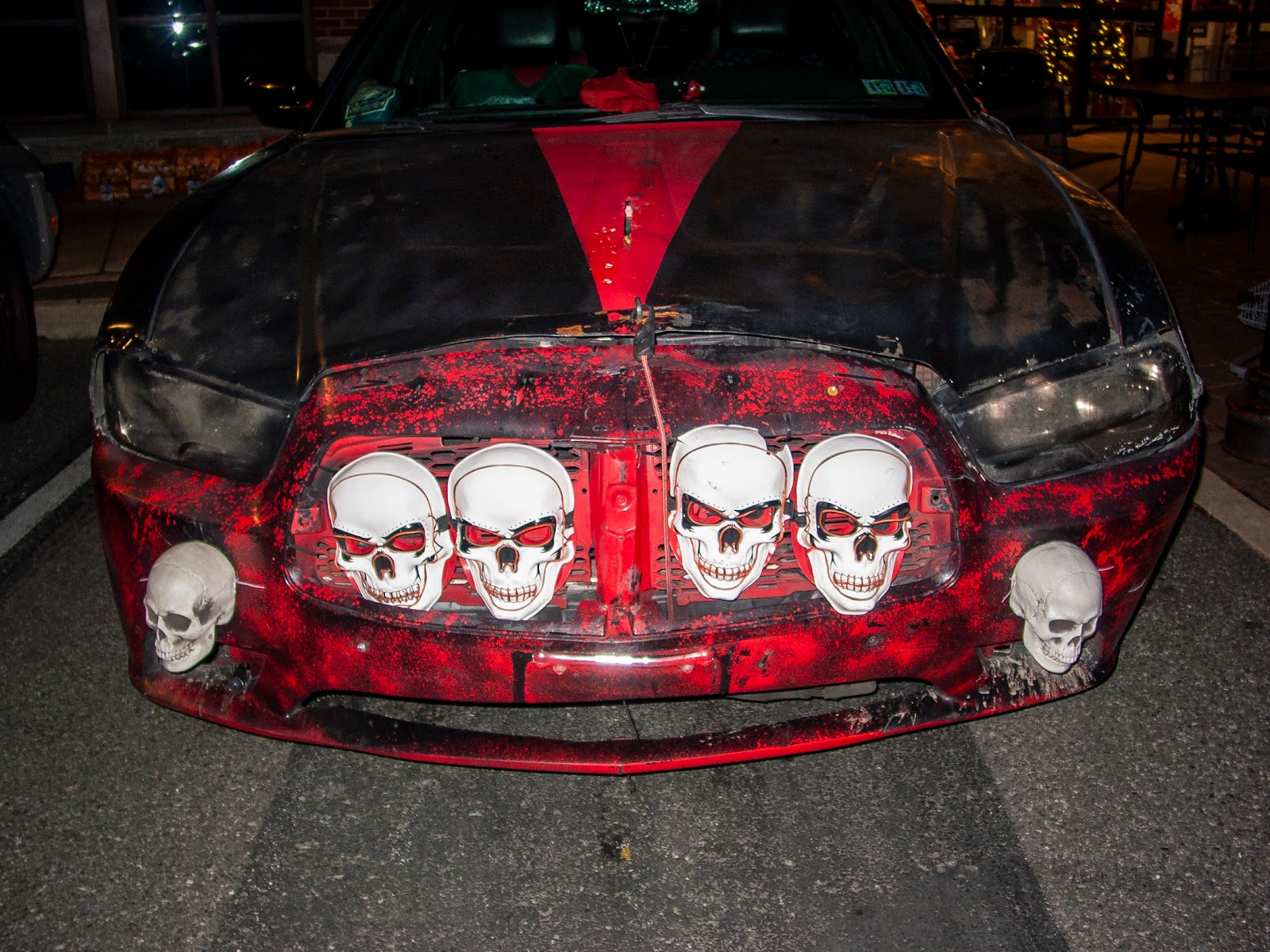The Art Of The Snapshot
I spent many hours over the last couple of weeks researching the history of the snapshot, snapshot photography as art and how this would matter if at all to what I'm currently beginning to work on. This is some of what I've absorbed.

A snapshot is often used to describe a photograph in a somewhat derogatory sense. A photo that was taken quickly, with little regard to the composition, framing, and camera settings. A photo that was taken without much thought. However, when a photo is described as a snapshot, that does not necessarily mean it is a bad photo. Photographers like Stephen Shore used the snapshot aesthetic but only those with an understanding of art and photography appreciated what he was doing. It was John Szarkowski, curator of photography at the Museum of Modern Art in New York, who really brought snapshots into the realm of art.
“ The photographer could not assemble these clues into a coherent narrative, he could only isolate the fragment, document it, and by so doing claim for it some special significance, a meaning which went beyond simple description. The compelling clarity with which a photograph recorded the trivial suggested that the subject had never before been properly seen, that it was in fact perhaps not trivial, but filled with undiscovered meaning. If photographs could not be read as stories, they could be read as symbols.”

Non-snapshot photography is based around the careful formation of an image. Choosing a focal length, framing, composition, depth of field, and shutter speed to create a picture that shows what you want to highlight about a subject, while eliminating or at least reducing what you don't want to show. Photos are often planned and some can take a lot of work to bring about. Snapshot photography is the opposite. Subjects are the mundane and everyday, or the sides of life people would rather ignore than have shown to them. There is no direction of the scene or the subject, it is a spontaneous capture.When flash is used, it is an unflattering direct flash, from the same position as the camera.

The goal of snapshot photography, from the point of view of the photographer at least, is to show life as it really is, rather than a constructed representation. This is what was appealing to me about street photography until I learned of too many so called street photographers of whom were staging and manipulating their photos. There wasn't much truth left in street photography so I no longer wanted to be part of it.

A difficult question arises when we look at what makes a snapshot into art. When taking a photo ourselves, we understand the context behind that image. But if it is the combined lack of artistic intent and lack of context that transform a photo from snapshot into art, then how can we determine if our own snapshots are art? Scholars of art and culture tend to discount snapshot photography; it is too ubiquitous, too unremarkable, too personal. In today's digital age, snapshot photography has become even more ubiquitous and ephemeral, and significantly more public. But buried within snapshot photography's mythic construction is a site of democratic possibility.



Comments
Post a Comment